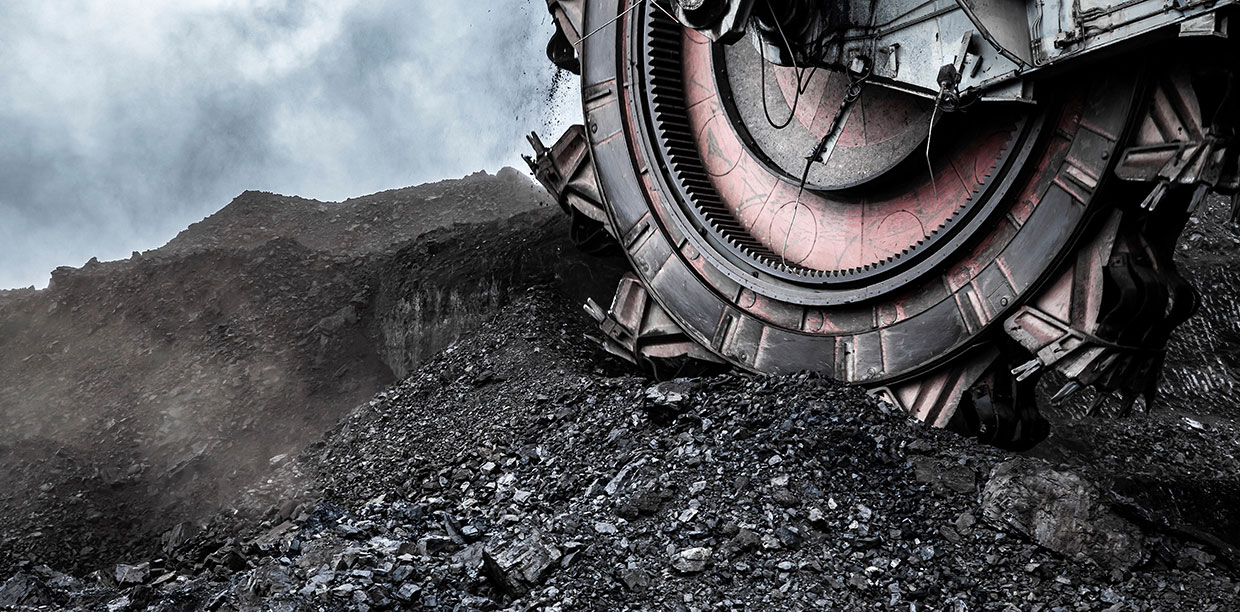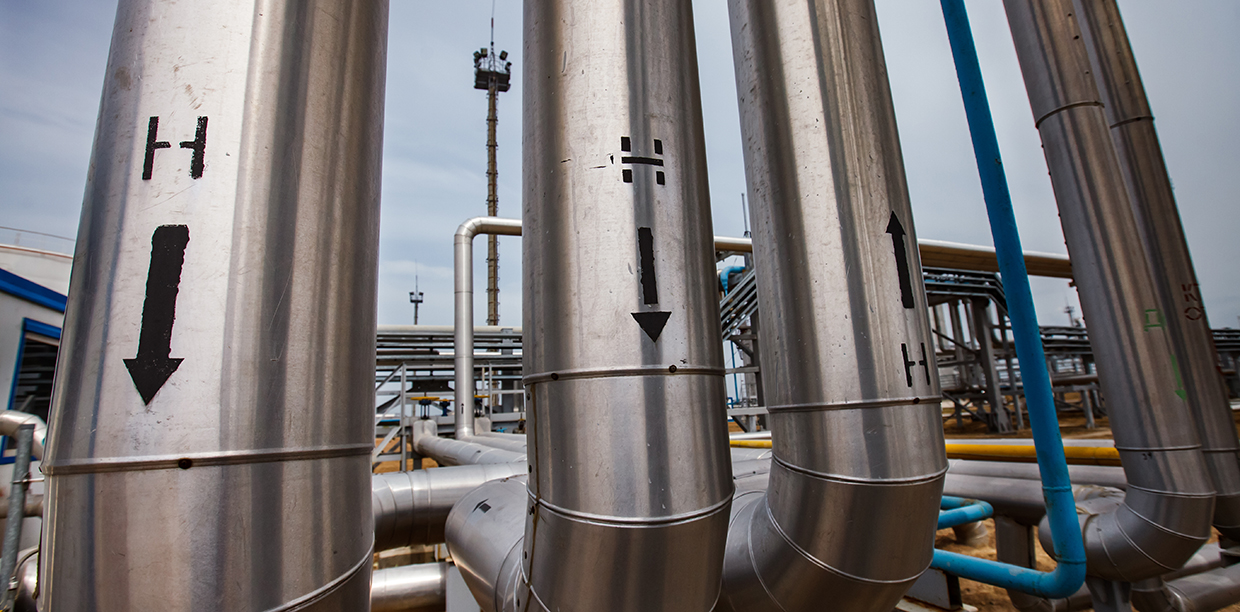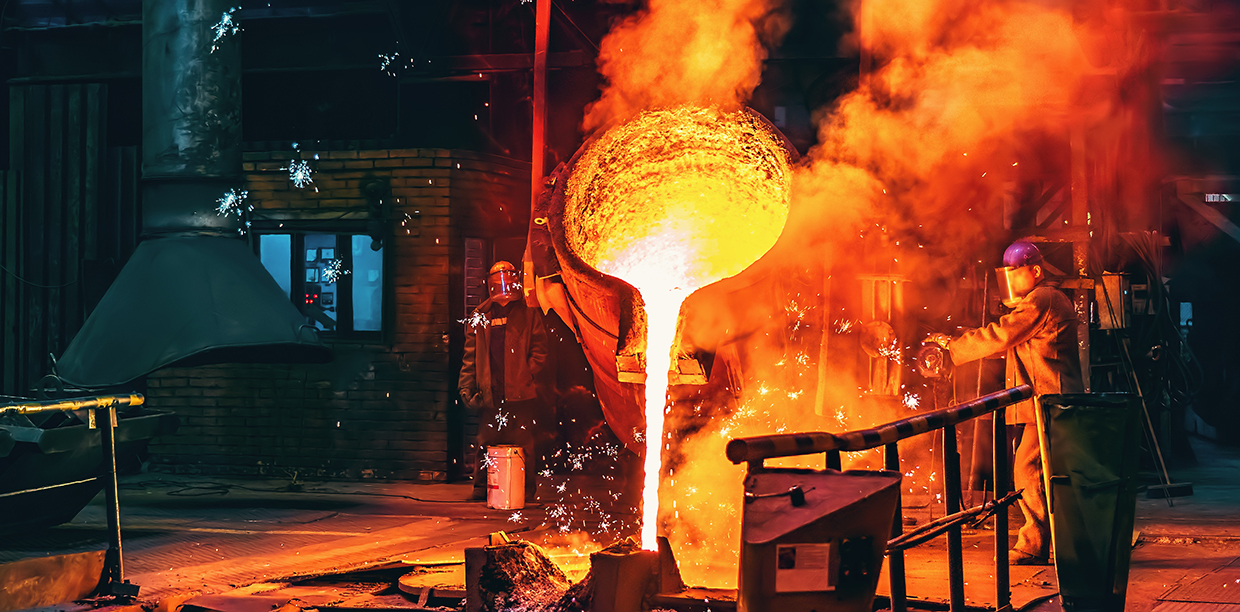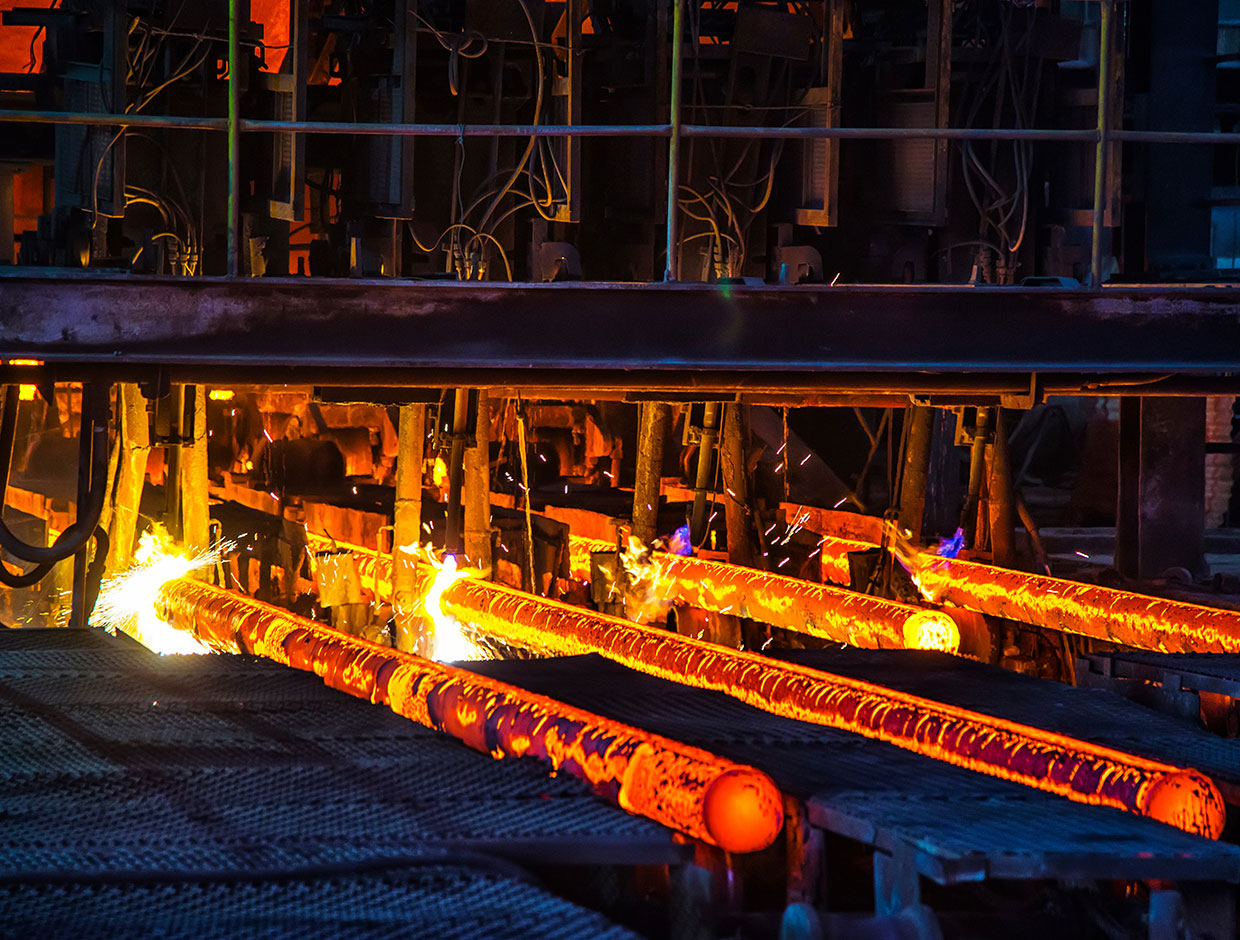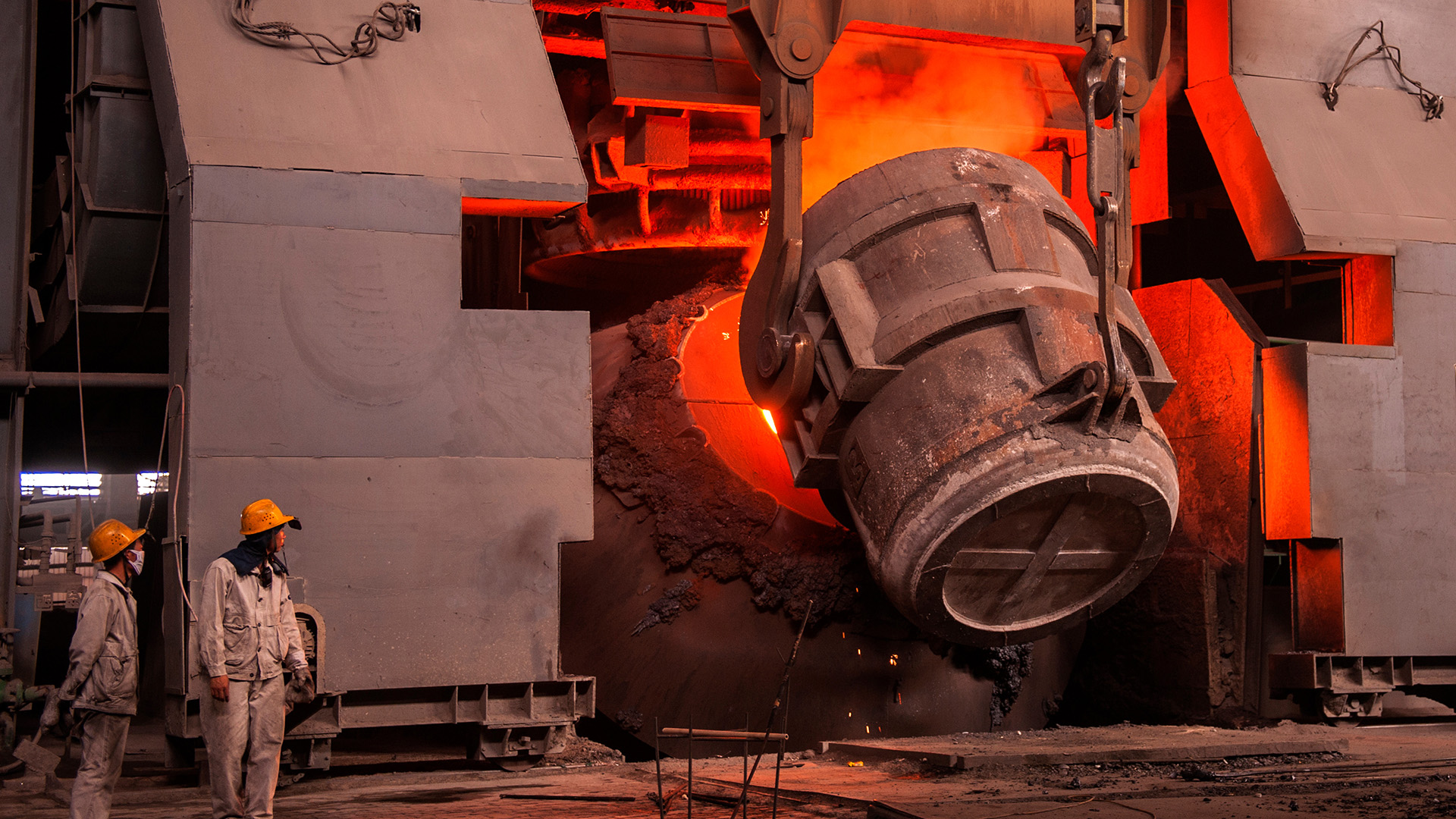OUR APPROACH
Our strategy focuses on supporting steel manufacturers in transitioning to low-carbon steel production with comprehensive, scalable, and cost-competitive solutions. We enable decarbonization in both direct reduction and blast furnace-based production through innovative technologies such as gas conditioning, fuel conversion, hydrogen, CO₂ capture and conversion, and gasification. Additionally, we transform iron and steel waste gases into low-carbon energy carriers like clean hydrogen and syngas enhancing further the iron production efficiency while reducing emissions. This integrated approach significantly reduces the cost of decarbonizing steel production, ensuring our solutions are both economically viable and competitive.
To achieve low emissions through hydrogen-based steelmaking, we focus on hydrogen-rich direct reduction (DR) processes and hydrogen injection into blast furnaces. Our strategy emphasizes developing integrated solutions backed by rigorous process modeling to optimize kinetics and thermodynamics, ensuring maximum hydrogen utilization without compromising technology, economics, or scalability. Additionally, we enhance the efficiency of low-concentration iron ore usage and seamlessly integrate low-carbon DR processes into existing steel plant operations.
Our approach ensures a reliable, cost-effective hydrogen supply and storage at scale, utilizing diverse sources such as curtailed renewable-powered electrolysers, fossil fuels with carbon capture, biomass, waste gas conversion, and petroleum residue transformation.
By integrating efficiency improvements, waste gas conversion into clean energy carriers, hydrogen utilization, carbon capture, utilization, and storage (CCUS), and hydrogen-rich reduction technologies, we enable the commercial-scale production of clean steel.
